Staying Fit As You Get Older
 Even though staying fit as you get older is as hard or even harder than getting fit when you’re young, it’s also more important. As you age, hormone levels drop, making building muscles more difficult and muscle maintain harder. It’s not impossible, but expect slower results than someone ten to twenty years younger. There’s the problem with sarcopenia—age-related muscle loss– that may come from other changes in the body, such as inefficiency when turning protein into fuel or fewer nerve cells. Inflammation can cause changes too.
Even though staying fit as you get older is as hard or even harder than getting fit when you’re young, it’s also more important. As you age, hormone levels drop, making building muscles more difficult and muscle maintain harder. It’s not impossible, but expect slower results than someone ten to twenty years younger. There’s the problem with sarcopenia—age-related muscle loss– that may come from other changes in the body, such as inefficiency when turning protein into fuel or fewer nerve cells. Inflammation can cause changes too.
Don’t get discouraged. There’s a light at the end of the tunnel.
Many studies show that you can reverse some of the signs of aging and get back into shape. Strength training is one way. Resistance training, whether with bands or weights, can help build muscle mass and reduce the signs of aging by maintaining muscle mass and even building it. That’s important because it can improve the quality of life. Walking can even help boost muscle mass and keep bones stronger.
Try some HIIT—high intensity interval training.
Do you want to maximize cardio improvement? HIIT is the way to go. It gets faster improvements in a shorter workout time. Remember to always check with your health care professional before starting any workout program. HIIT varies the intensity between all out intensity for a short period and a slightly longer recovery period. You can use almost any type of exercise using this technique, even walking.
Exercise helps you achieve and maintain a healthy weight.
Many of the conditions often associated with older citizens often either occur or are exacerbated by being too heavy. Exercise can help you shed those unwanted pounds that seem to creep up before you realize it. It helps prevent serious conditions like diabetes, heart problems and high blood pressure. If you already have those problems, it can improve your condition.
- You can maintain muscle mass with just 40 minutes of strength training twice a week. Don’t forget to warm up and work on flexibility training to help avoid injury on the other days, plus cardio for endurance.
- Staying fit is good for the body, but also good for the mind. Studies show it can slow age related dementia, Alzheimer’s and even boost cognitive functioning.
- You’ll be less apt to fall when you workout regularly and be less likely to have an injury. Exercise improves balance and improves flexibility to avoid both.
- You’ll feel better and be more apt to join in the fun in life. Exercise can reduce stress and improve your mood, while giving you the energy to be more active. There’s nothing better than being able to keep up with the whole gang without the need for a rest.

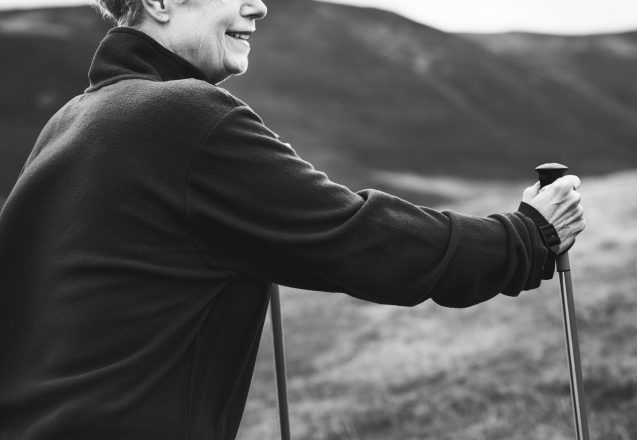
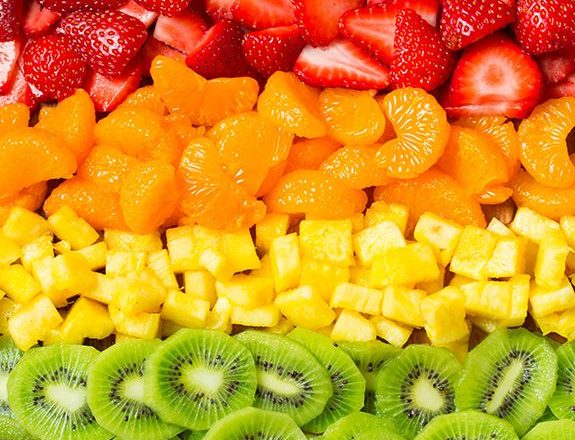
 People at our Oceanside, CA facility know that while we focus on working out, we also want people to eat healthy. Eating healthy means choosing food wisely and eating more whole foods. It also means you eat without guilt, since you aren’t dieting. There’s no such thing as “falling off the wagon” even if you indulge in forbidden foods a few times. It just means the next day you go back to your program of healthy eating that tends to include far more fresh fruits and vegetables and very few processed ones.
People at our Oceanside, CA facility know that while we focus on working out, we also want people to eat healthy. Eating healthy means choosing food wisely and eating more whole foods. It also means you eat without guilt, since you aren’t dieting. There’s no such thing as “falling off the wagon” even if you indulge in forbidden foods a few times. It just means the next day you go back to your program of healthy eating that tends to include far more fresh fruits and vegetables and very few processed ones.
 Lots of times, people struggle with getting fit. They dread going to the gym and before you know it, that well thought out program to boost their energy, help them lose weight and get into shape, ends abruptly. Getting fit should be a top priority that actually excites you. If it’s not, it’s time to change your attitude toward fitness and you’ll find every workout becomes easier. When you find something you like, you’re more likely to do it.
Lots of times, people struggle with getting fit. They dread going to the gym and before you know it, that well thought out program to boost their energy, help them lose weight and get into shape, ends abruptly. Getting fit should be a top priority that actually excites you. If it’s not, it’s time to change your attitude toward fitness and you’ll find every workout becomes easier. When you find something you like, you’re more likely to do it.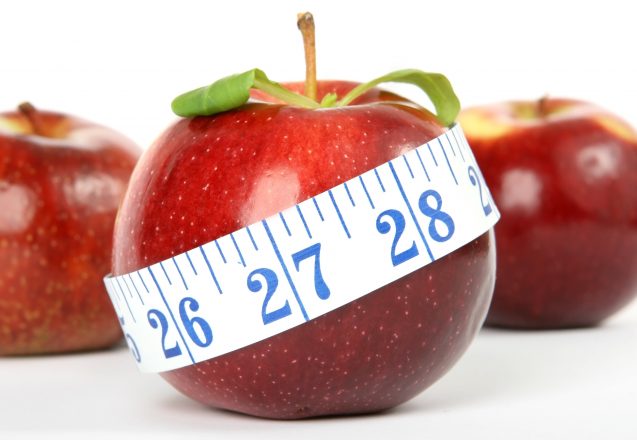
 If you want to get the most from a healthy diet, when you eat is important. One of the things that I tell clients in Oceanside, CA is to have an easy to digest high carb snack with a little protein about an hour or so before working out. It helps boost your energy level and allows you to get the most from a workout. It should also have some protein. Food like a banana, mango or grapes in some unsweetened yogurt is a good combination.
If you want to get the most from a healthy diet, when you eat is important. One of the things that I tell clients in Oceanside, CA is to have an easy to digest high carb snack with a little protein about an hour or so before working out. It helps boost your energy level and allows you to get the most from a workout. It should also have some protein. Food like a banana, mango or grapes in some unsweetened yogurt is a good combination.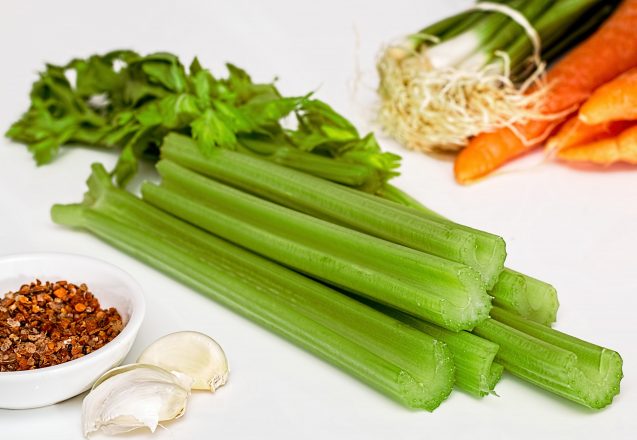
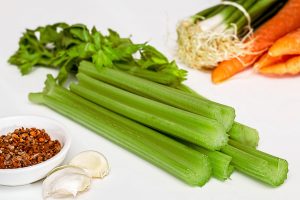 Your body produces nitric oxide in almost every cell. It’s particularly important for the blood vessels. It relaxes the blood vessels and allows them to dilate, allowing blood to flow easier and blood pressure to be lower. That also increases circulation. Since it does increase circulation, that means it also increases the nutrients and oxygen carried to all body parts. There are studies that show the lower amount of nitric oxide you have, the more prone you’ll be to heart disease. Exercise is one way to increase your nitric oxide levels.
Your body produces nitric oxide in almost every cell. It’s particularly important for the blood vessels. It relaxes the blood vessels and allows them to dilate, allowing blood to flow easier and blood pressure to be lower. That also increases circulation. Since it does increase circulation, that means it also increases the nutrients and oxygen carried to all body parts. There are studies that show the lower amount of nitric oxide you have, the more prone you’ll be to heart disease. Exercise is one way to increase your nitric oxide levels.
 There’s a new movement in medicine that food heals. In fact, it’s called the food is medicine movement. There are some amazing studies that show how eating specific foods can help not only prevent cancer, but one day can cure it. The same could be said for exercise. There is also an initiative called Exercise is medicine. There’s a lot of research that shows that combining the health giving benefits of food with the invigoration of exercise overcoming or preventing serious conditions may be possible.
There’s a new movement in medicine that food heals. In fact, it’s called the food is medicine movement. There are some amazing studies that show how eating specific foods can help not only prevent cancer, but one day can cure it. The same could be said for exercise. There is also an initiative called Exercise is medicine. There’s a lot of research that shows that combining the health giving benefits of food with the invigoration of exercise overcoming or preventing serious conditions may be possible.
 You get rewarded for accomplishing tasks and sometimes those rewards may seem small, but they’re extremely motivating. If you play computer games, it’s achieving a higher level or score. Casinos use the reward motivation by providing jackpots and smaller wins. When you were in school, you were rewarded with a good grade when you worked hard. Getting that brass ring is something to work toward, but unfortunately, when you workout, you don’t get an immediate reward, since fitness takes time. That’s why you should reward yourself after a tough workout.
You get rewarded for accomplishing tasks and sometimes those rewards may seem small, but they’re extremely motivating. If you play computer games, it’s achieving a higher level or score. Casinos use the reward motivation by providing jackpots and smaller wins. When you were in school, you were rewarded with a good grade when you worked hard. Getting that brass ring is something to work toward, but unfortunately, when you workout, you don’t get an immediate reward, since fitness takes time. That’s why you should reward yourself after a tough workout.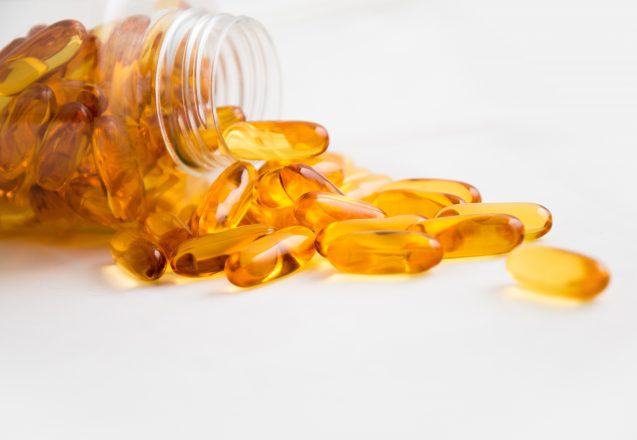
 There are people who take a daily vitamin to boost their nutrition, those who get all their nutrition from healthy eating and those who eat nothing but junk and think that a supplement is the answer. There are pros and cons of supplements. One of the real cons of supplements are people who eat junk all day and think the supplement will solve any nutritional needs. Nothing replaces healthy eating. They’re called supplements for a reason. They’re meant to supplement a healthy diet, not replace it.
There are people who take a daily vitamin to boost their nutrition, those who get all their nutrition from healthy eating and those who eat nothing but junk and think that a supplement is the answer. There are pros and cons of supplements. One of the real cons of supplements are people who eat junk all day and think the supplement will solve any nutritional needs. Nothing replaces healthy eating. They’re called supplements for a reason. They’re meant to supplement a healthy diet, not replace it.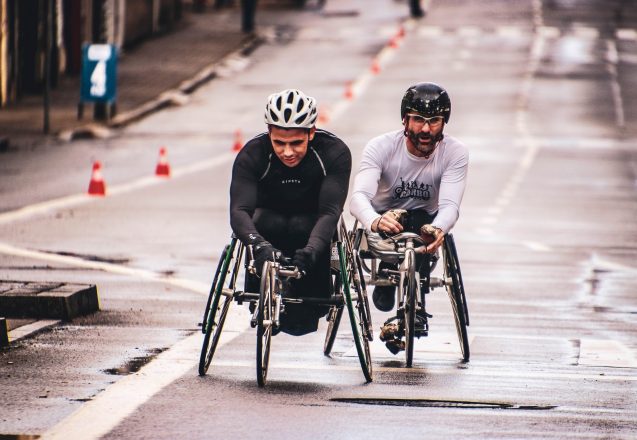
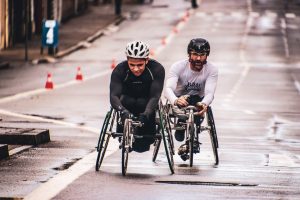 I met a woman in Oceanside, CA that was an inspiration. She had severe medical issues that kept her immobile for months. Unfortunately, she didn’t receive the best care in her rehabilitation facility that caused her to be bedridden even longer. When the family finally insisted something be done, they were told she would never walk again, since the damage was too severe and she was too old. She suffered muscle atrophy and foot drop from lack of therapy or foot braces. When she got home, she laid on the couch, next to an exercise bicycle. Every day she tried to get up on the bicycle and then when she did, tried to pedal. After months, she was able to do it and these exercises for reduced mobility actually worked. She lived ten years longer and walked on her own. It’s never too late until you give up hope.
I met a woman in Oceanside, CA that was an inspiration. She had severe medical issues that kept her immobile for months. Unfortunately, she didn’t receive the best care in her rehabilitation facility that caused her to be bedridden even longer. When the family finally insisted something be done, they were told she would never walk again, since the damage was too severe and she was too old. She suffered muscle atrophy and foot drop from lack of therapy or foot braces. When she got home, she laid on the couch, next to an exercise bicycle. Every day she tried to get up on the bicycle and then when she did, tried to pedal. After months, she was able to do it and these exercises for reduced mobility actually worked. She lived ten years longer and walked on her own. It’s never too late until you give up hope.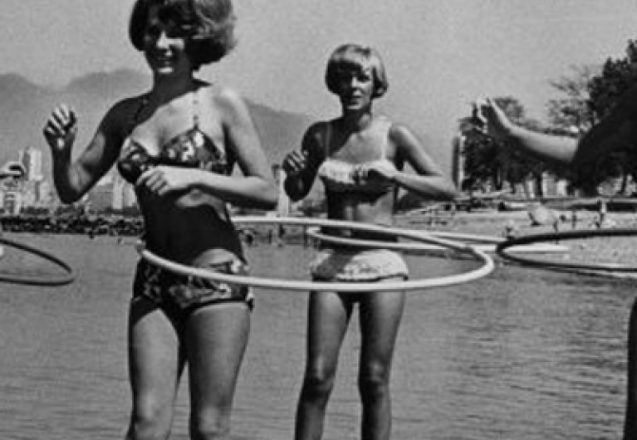
 One problem faced by people who workout to stay healthy is that they don’t really enjoy working out. It becomes work for them. When clients tell me this, I always suggest they start trying out new active things to do and maybe some unconventional sports to add to their program of regular exercise. It won’t necessarily replace your time in the gym, where you are ensured that you’re working every body part and getting all forms of exercise, but it can be a great supplement to your fitness program.
One problem faced by people who workout to stay healthy is that they don’t really enjoy working out. It becomes work for them. When clients tell me this, I always suggest they start trying out new active things to do and maybe some unconventional sports to add to their program of regular exercise. It won’t necessarily replace your time in the gym, where you are ensured that you’re working every body part and getting all forms of exercise, but it can be a great supplement to your fitness program.